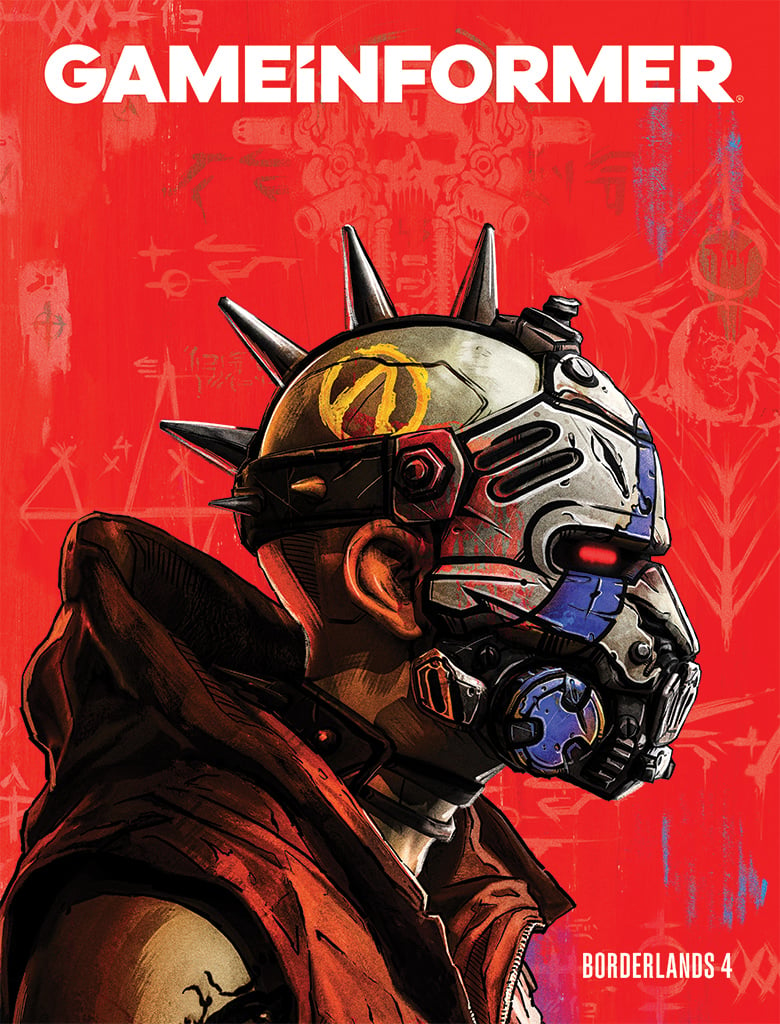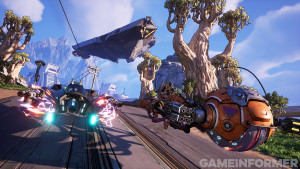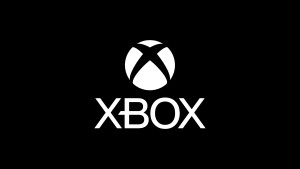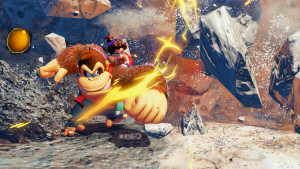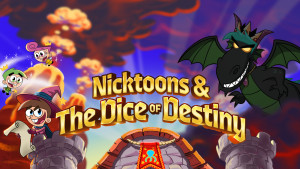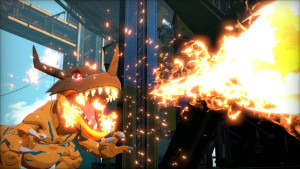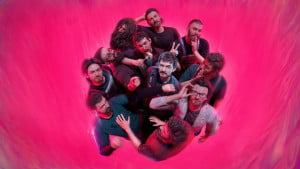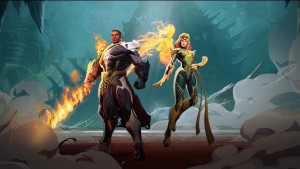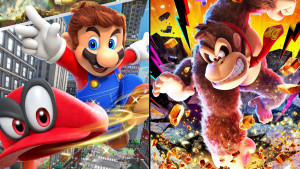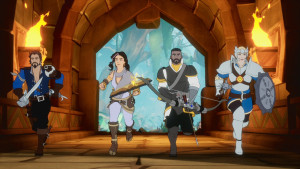Borderlands 4 debut issue is already available for Digital subscriptions. Subscribe Now!
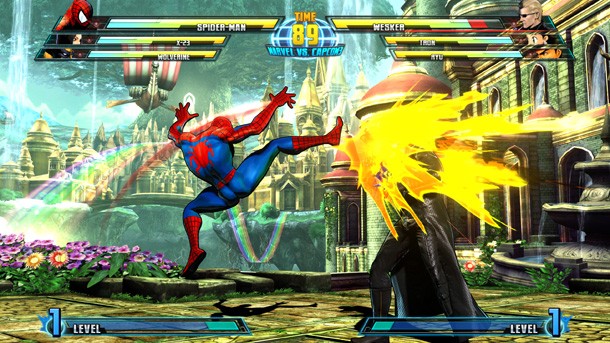
Capcom shared the first news of Marvel vs. Capcom 3 with the world 10 months. It’s been a long wait since then, but I finally got my hands on a preview build with 30 playable characters, two control modes, and tons of crazy 3-on-3 fighting action.
Let me start by saying this: While I’m no fighting game savant, I know my way around an arcade stick, and can string some decent moves together. However, expert Marvel vs. Capcom 2 players shouldn’t come here for a nitty-gritty analysis on specifics like move priority or complimentary assist types. Rather, this is the perspective of a gamer with a love of Capcom games and an appreciation of the Marvel universe.
I didn’t play Marvel vs. Capcom 2 until I had spent a ton of time with Street Fighter IV, and the intricate tag-team fighter was a comparatively intimidating and confusing beast. Marvel vs. Capcom 3’s normal control scheme feels much more approachable right out of the gate. The ability to launch foes into the sky and tag other teammates in midair is mapped to one button: Special Attack. This allows players to send ground combos skyward, and tag out for multi-character air-juggling. It may seem like a small adjustment, but when compared to MvC 2’s character-specific launch attacks, this button makes the game much more enjoyable. Who doesn’t want to see She-Hulk get swiped into the air by Dante’s sword, immediately come under attack by Amaterasu, then get slammed back to the ground by Thor’s hammer?
If you really want to see fireworks without all the training and effort, MvC 3’s “simple” control scheme is for you. With it, special moves and hyper combos are mapped to single buttons; all you have to do is point your fighter in the right direction to unleash a torrent of destruction. This is a button-masher’s paradise, and the user-friendly string of attacks it produces should be enough to dismantle the most technical players. Especially handy is dashing and attacking being mapped to one button, keeping things up close and furious.
The roster of 30 characters in this build initially feels light compared to the 56 in MvC 2. After playing with the available fighters, however, Capcom’s focus on quality over quantity is clear. Characters’ individual strengths are much easier to identify than they used to be. Arthur’s plethora of throwing weapons, like knives, lances, and scythes, make his ranged skills obvious. Storm’s ability to float and cast from the clouds makes her an excellent aerial combatant. Amaterasu’s short stature makes her perfect for avoiding high attacks and pulling off quick ground combos. The choices are fewer, but trimming glorified palate swaps like War Machine out of the mix makes the current build of the game feel much tighter.
I enjoyed my time with Marvel vs. Capcom 3, and I’m even more excited now to play Mike Haggar and Phoenix, as well as see what the story mode has to offer. The game releases February 15, so you won’t have to wait long to hear the final word on Marvel vs. Capcom 3: Fate of Two Worlds.
Full list of characters as of now:
Marvel
Captain America
Deadpool
Doctor Doom
Dormammu
Hulk
Iron Man
Magneto
M.O.D.O.K.
Phoenix
She-Hulk
Spider-Man
Storm
Super-Skrull
Thor
Wolverine
X-23
Capcom
Albert Wesker
Amaterasu
Arthur
Chris Redfield
Chun-Li
Crimson Viper
Dante
Felicia
Mike Haggar
Morrigan Aensland
Nathan Spencer
Ryu
Trish
Tron Bonne
Viewtiful Joe
Zero
